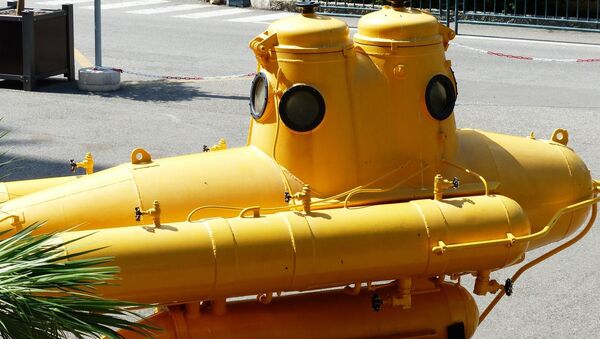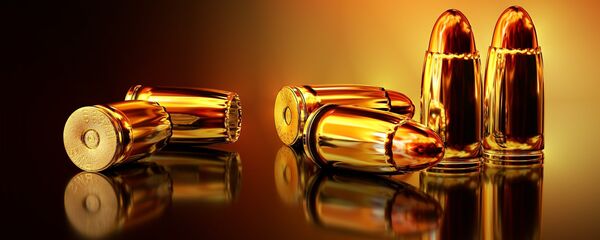Working in conjunction with the Oak Ridge National Laboratory (ORNL), the prototype is based on one that the US Navy SEALs are currently using.
The team started work on the project — the Optionally Manned Technology Demonstrator — in August 2016.
An industrial "ground-breaking" 3D printer, created by Cincinnati Incorporated, and known as the Big Area Additive Manufacturing (BAAM) was used. The sections were then assembled together to make a 30 foot vessel.
3D printing however, has been the focus of many discussions and debates.
The concept of 3D printing has been around for a while, and new advancements in the technology have led to lower costs, which have made it more feasible for general manufacturing use.
Marlin Steel, a leading manufacturer of custom‐engineered products, outlined the advantages and disadvantages of 3D printing.
The process of using 3D printing in manufacturing has some advantages over traditional methods.
According to Mr. Steel, one of the biggest advantages of 3D printing is that the process doesn't require any special new tooling, when making a prototype, this saves time, money and effort.
"The prototype may reveal that the design needs rework, as a result a new idea can be programed into the 3D printer and created relatively fast, however, a traditional assembly line would require lots of time and would only produce a handful of prototype parts, which would be a waste of time, material and labor," Mr. Steel said in a recent article.
Another advantage is waste prevention. 3D printing over many traditional production processes is resource-efficient, according to Mr. Steel.
With a 3D printer the only material that is consumed is what passes through the printer.
3D printing also allows for the use of specific materials, recent advancements in the process, such as Selective laser sintering (SLS), can now be used to make objects out of some metals.
Traditional manufacturing does have some advantages, for example the scale at which parts are produced can be very difficult with 3D printing.
When using 3D printers, you are restricted to the total area of the printing bed for making any part, and depending on the model of the 3D printer, this could be just a few cubic inches or feet.
A further disadvantage of 3D printing is the speed at which the printer can make the object, according to Mr. Steel, as "it often pales in comparison to the traditional assembly line."
"Overall, the use of 3D printing isn't likely to completely replace traditional manufacturing any time soon. However, the technology does have incredible utility for small, one-off production runs and the manufacture of small custom work pieces that would normally need a lot of specialized tooling to make," Mr. Steel said.



